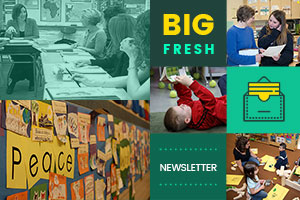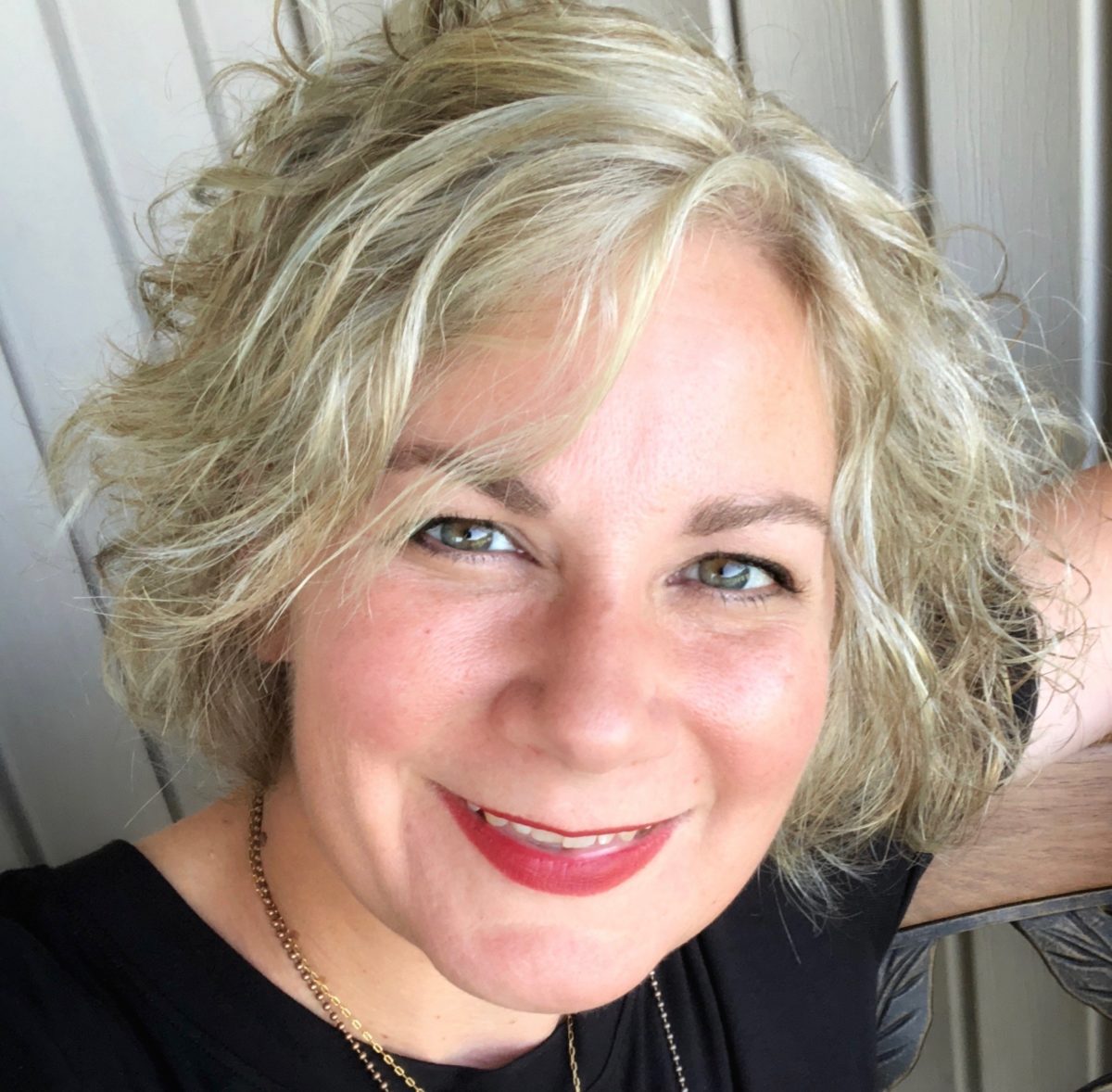When we accept the fact that we can’t do everything, we are more willing to ask for and accept help when we do anything.
—Simon Sinek
I’m Good?
I noticed I hear the words “I’m good” a lot. From the student who looks stuck, but insists, “I’m good.” From my son who seems like he could use a little help sorting through a situation, and instead says, “I’m good.” From the teacher who is frustrated by the data from a recent assessment, but puts on her armor with a curt, “I’m good.”
The thing about this short statement is I usually don’t believe it. I’ve been mulling this over, trying to figure out why I’m a little prickly about the phrase “I’m good.” And then I heard it come out of my mouth.
A friend said, “I’ll bring you dinner on Friday.”
I said, “Oh, I’m good. Don’t worry about it.”
My mother-in-law called to get an update on my husband after a recent doctor’s appointment. “Oh, it’s all good,” I insisted, even though he wasn’t cleared to go to work.
Someone offered to help me clean out my flower beds (a job I was dreading) and I said, “I’m good, don’t worry about it.”
Why do we do this? Why do we insist “I’m good,” when things could be a whole lot better?
This summer I went on a walk with Andy’s aunts and uncle. They are a charming crew, and I love being around them. They live life well. We stopped to pick pears from a tree in the neighborhood. The homeowners had posted an invitation to pick their pears on the community Facebook page.
As we were picking pears, a man came out of the house with a stool. “Here, use this so you can reach a little higher.”
I wanted to say, “We’re good,” but instead Aunt Becky stepped back and said, “Thanks so much.” They chatted, and as we were ready to return to our walk, he said, “Just a minute. Let me get my wife. She’ll want to talk with you.”
He went in the house and Aunt Becky confirmed that she had never met them before. The couple returned and the woman said, “Come and see my bead room.”
Before I could say, “We’re good,” Uncle John said, “We’d love that.”
We went inside and the woman led us to the basement and into her bead room. It was lined with tables with a beautifully organized system of thousands of beads. She had a work area with a light and tools, and completed projects hung on racks and shelves around the room. She gave us a tour and shared some of her favorite projects.
“Let’s get you some jewelry,” she said.
Aunt Stephanie gushed, “Oh, that’s so kind of you!” before, “I’m good” could cross my lips.
The jewelry maker came to life. “This is my favorite part,” she said. “I love matching my creations to people.” She lifted a turquoise necklace off the rack and held it near Aunt Stephanie’s face. “I think this one is perfect for you. Let me find earrings to match.”
Aunt Stephanie took the necklace and looked at the intricate beading. “This is beautiful. Thank you for sharing it with me.”
The woman held up a pair of matching earrings and relayed the story of the history of the beads she used for them. Then she moved on to Aunt Becky. “Let’s see what would work for you.” She turned to another wall full of necklaces. Becky leaned in and they studied the jewelry.
Then she turned her attention to me. “I’m good,” I started to explain why she didn’t need to give me her jewelry.
“No, no, no,” she emphasized. “I love giving jewelry to people. Let’s find just the right pieces for you.”
I channeled the charitable nature of my aunts and decided to push past my own discomfort and lean into the joy of the jewelry maker. I walked out with not just a necklace and matching earrings, but a second set of earrings, too.
I realized that when I decline help from others, I often swipe their joy. I decided to become more like my aunts…to be a person who accepts charitable offers with grace and gratitude. It’s still not natural (yet), but as I say yes to charitable offers, I’m beginning to see more joy in others—and my life is a whole lot better, too.
This week we look at the practice of gratitude—plus more, as always.
Shine on,
Ruth Ayres
Editor in Chief

Stella Villalba widens our perspective by sharing the link between art and literacy with suggested picture books to help build the bridge.
Join over 200 colleagues already signed up for Coach-to-Coach, a supportive and inspiring network just for instructional coaches. Meet virtually once a month to keep your professional goals fresh and stay accountable for your next steps as a coach. This free community is inspired by Choice Literacy articles each month and led by Ruth Ayres. The next meeting is Wednesday, December 18.

New members-only content is added each week to the Choice Literacy website. If you’re not yet a member, click here to explore membership options.
Gigi McAllister shares the tradition of Gratitude Week. It gives students an authentic writing experience that has a ripple effect of spreading joy and gratitude throughout the school. It also shows them the significant impact that their words can have on others.
In this encore video, Katrina Edwards confers with first grader Ellie. She helps Ellie read more fluently and with expression by transferring her feelings to those of characters.
In this encore video, teachers Melissa Kolb and Andie Cunningham help preschoolers use the thank-you writing center.

New members-only content is added each week to the Choice Literacy website. If you’re not yet a member, click here to explore membership options.
Matt Renwick opens up his coach’s notebook and guides us in establishing a tool that supports teaching and learning.
Gwen Blumberg addresses the issue of loneliness in literacy leadership. She offers a variety of ways to create connections that will nurture and sustain leaders.
Teacher Educators Teach is a new neighborhood in our Leaders Lounge just for teacher educators. Julie Johnson shares how she tackled the problem of engagement and discovers practical ways to make connections.
Quote It:
Feeling gratitude and not expressing it is like wrapping a present and not giving it.
—William Arthur Ward
That’s all for this week!



